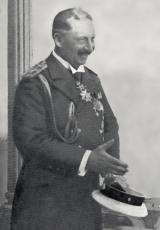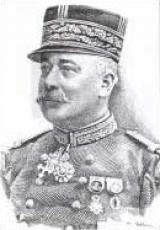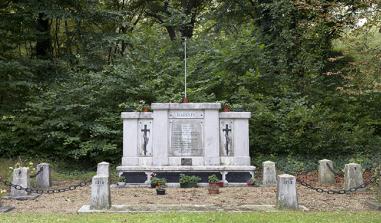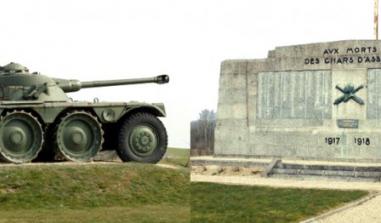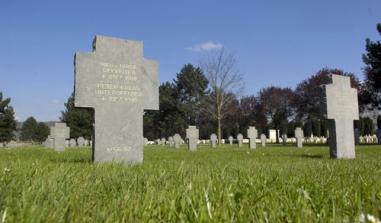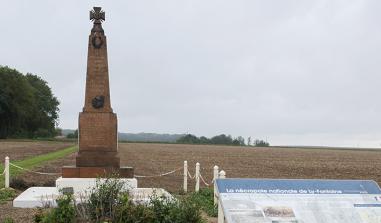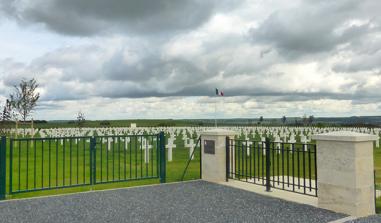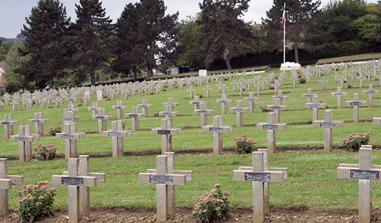The Saint-Quentin national cemetery
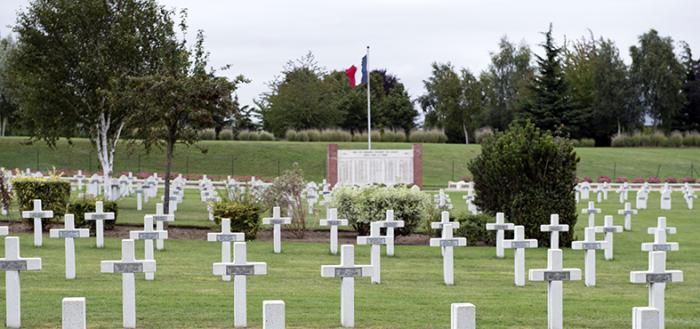
La nécropole nationale de Saint-Quentin. © ECPAD
Pour accéder au panneau d'information de la nécropole, cliquer ici 
The industrial town of Saint-Quentin was occupied from 28 August 1914 onwards. With so much at stake, this city was bitterly contested during the fighting that took place at the end of August 1914. As it was occupied for a large part of the war, the town had to march to the beat of a different - German - drum. The town housed the headquarters of the IInd army, and was inspected on several occasions by Emperor Wilhelm II. Until 1917, Saint-Quentin progressively became a stronghold. Following the retreat on the Hindenburg Line, the town found itself on the front line, and as a result the population was evacuated to Belgium.
The ruins of Saint-Quentin were finally liberated on 2 October and the town commended by the army on 22 October 1919.
The Saint-Quentin national cemetery - created in 1923 - was set up by the French military authorities in order to bring together the bodies of soldiers who had died during the battles of August 1914 and those of 1918, who had initially been buried in temporary cemeteries in the area. Today, this cemetery contains almost 5,000 French soldiers including 1,319 - most of whom are non-identified - lying in two ossuaries. 117 Russians and two Romanians lie in individual graves. Many Indo-Chinese infantrymen and Tonkinese workers are also buried at this site, as well as 60 soldiers from the 173rd infantry regiment - the only active French army unit of Corsican origin.
With regard to the Second World War, 207 Frenchmen are buried here. One of these men is Henri Blondeau, staff officer with the 9th army, who was killed on 18 May 1940 when the headquarters of the 9th army - moved from Bohain to Le Catelet - was attacked by a line of German tanks from the VIIth Panzer division. Twenty French soldiers died during these violent combats. Alain Blondeau, the officer's son and a squadron helicopter pilot, died in Algeria on 26 November 1956. They were buried together (grave n° 3820).
A German cemetery located to the west of Saint-Quentin - which was created in 1914 during the German occupation and inaugurated by Emperor Wilhelm II - today contains the bodies of over 8,000 soldiers.
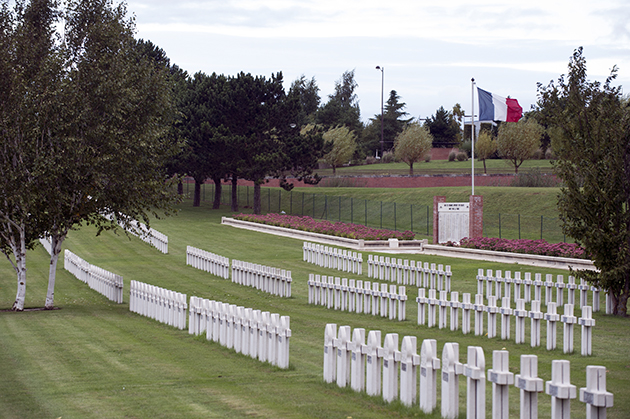
La nécropole nationale de Saint-Quentin. © ECPAD
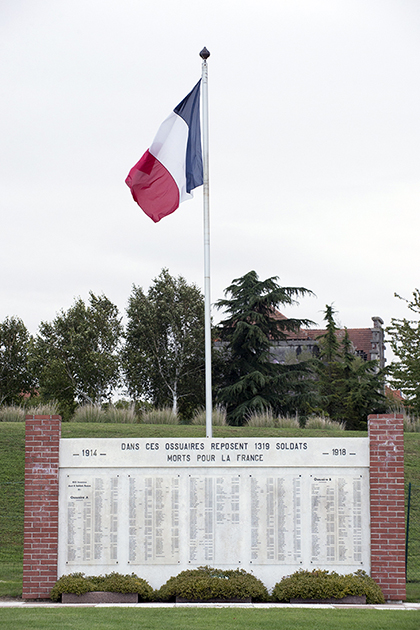
La nécropole nationale de Saint-Quentin. © ECPAD
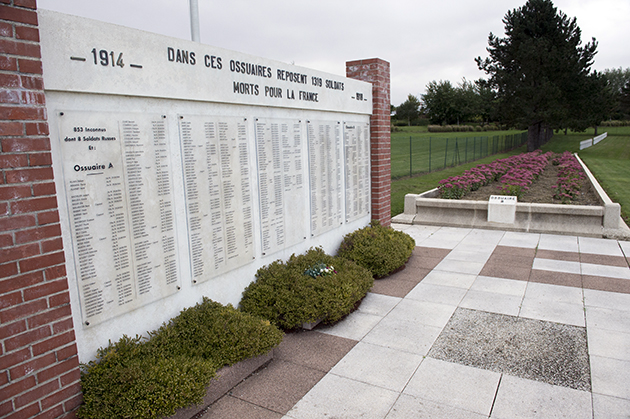
La nécropole nationale de Saint-Quentin. © ECPAD
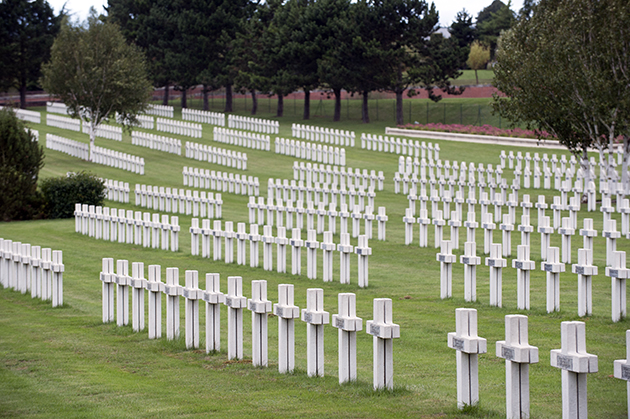
La nécropole nationale de Saint-Quentin. © ECPAD
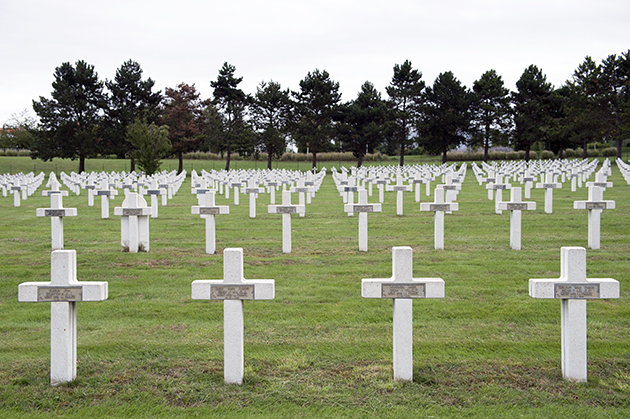
La nécropole nationale de Saint-Quentin. © ECPAD
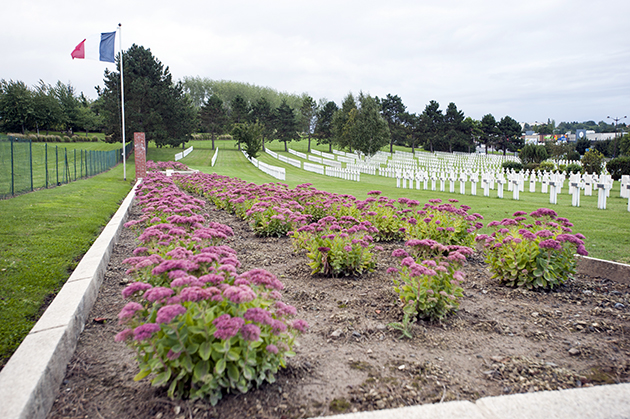
La nécropole nationale de Saint-Quentin. © ECPAD
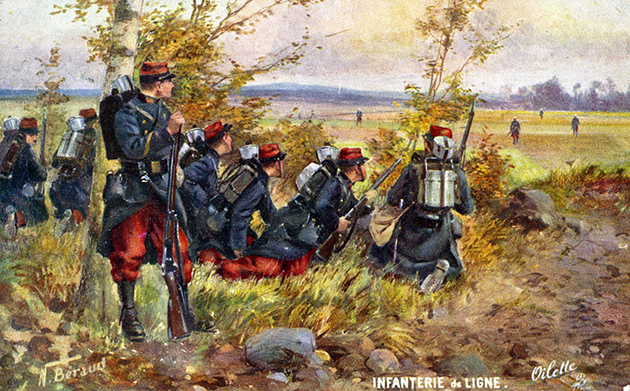
Fantassins français en position dans un champ, été 1914. © Collection particulière FBN - DR
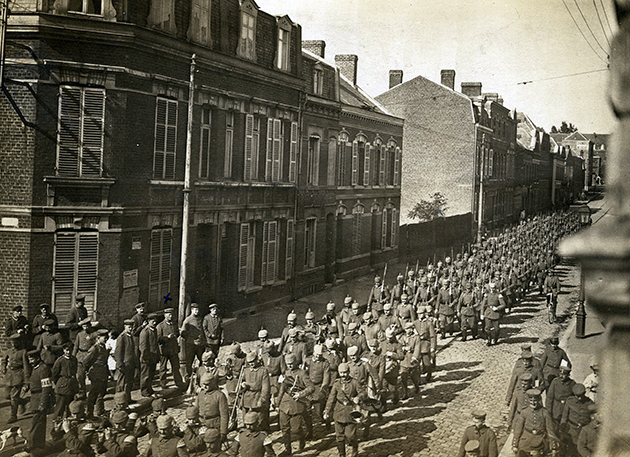
Défilé de troupes allemandes dans la ville à Saint-Quentin, 1915. © Archives départementales de l'Aisne
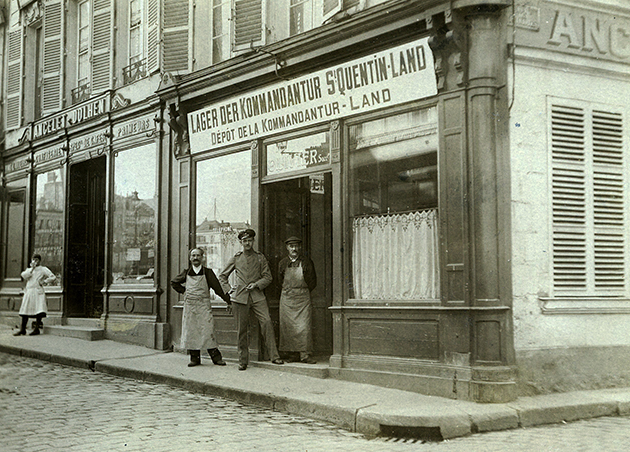
Dépôt de la Kommandantur de Saint-Quentin, 1916. © Archives départementales de l'Aisne
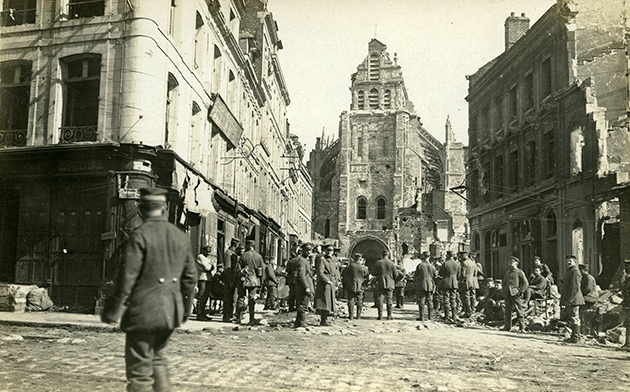
Soldats allemands devant les ruines de la basilique Saint-Quentin. © CIL/Collection Thomas Carriot
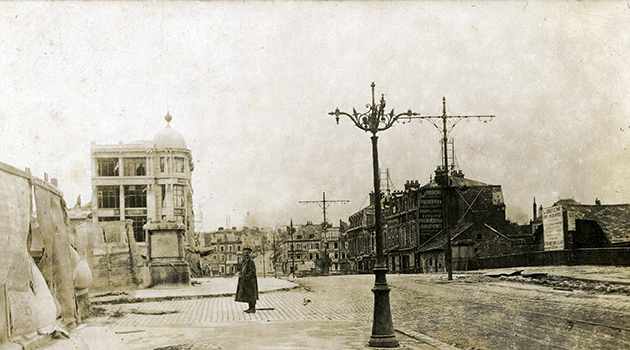
Pont du canal sur l'Aisne à Saint-Quentin. © Archives départementales de l'Aisne
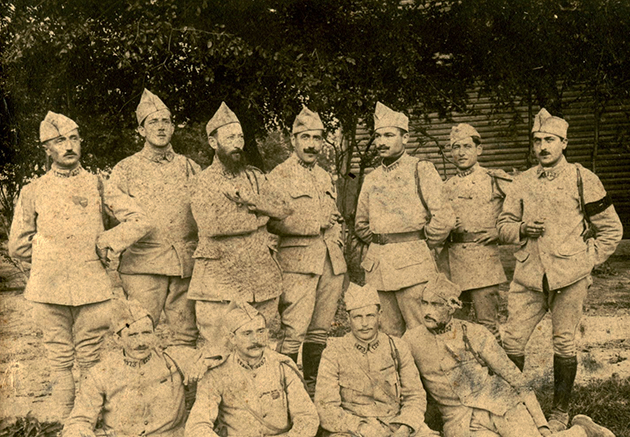
Soldats du 173e régiment d'infanterie, 1918. Formé en 1913 à Bastia, Ajaccio, Sartène-Bonifacio et Corté, ce régiment d'infanterie présente un fort caractère insulaire. Il reste ainsi dans l'histoire comme le "régiment des Corses". Composée en grand nombre de Corse, cette unité s'illustre au cours de la Première Guerre mondiale notamment lors des combats Morhange (1914), aux Éparges (1915), au bois d'Avocourt (1916) et au Chemin des Dames (1917). © Archives départementales de Haute Corse
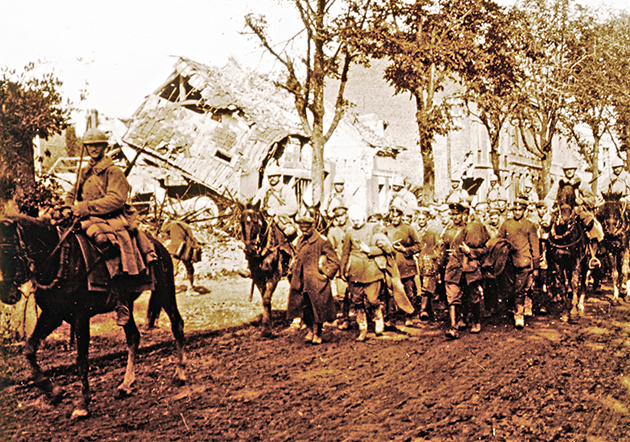
Colonne de prisonniers allemands encadrés par des soldats français à cheval à Saint-Quentin, 1918. © CIL/Collection Michel Massé
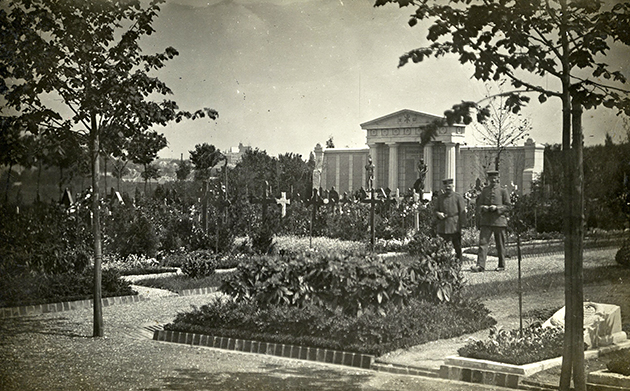
Cimetière militaire allemand, 1916. © Archives départementales de l'Aisne
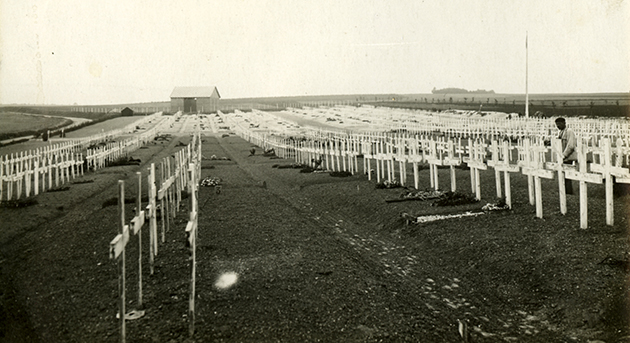
Nécropole nationale de Saint-Quentin, 1930. © MINARM/SGA/DPMA
Practical information
Saint-Quentin, N 29
Visites libres toute l’année
Read more
Read more
Agence de développement et de réservation touristiques
24/28, avenue Charles de Gaulle
02007 Laon
Tél. 03 23 27 76 76


